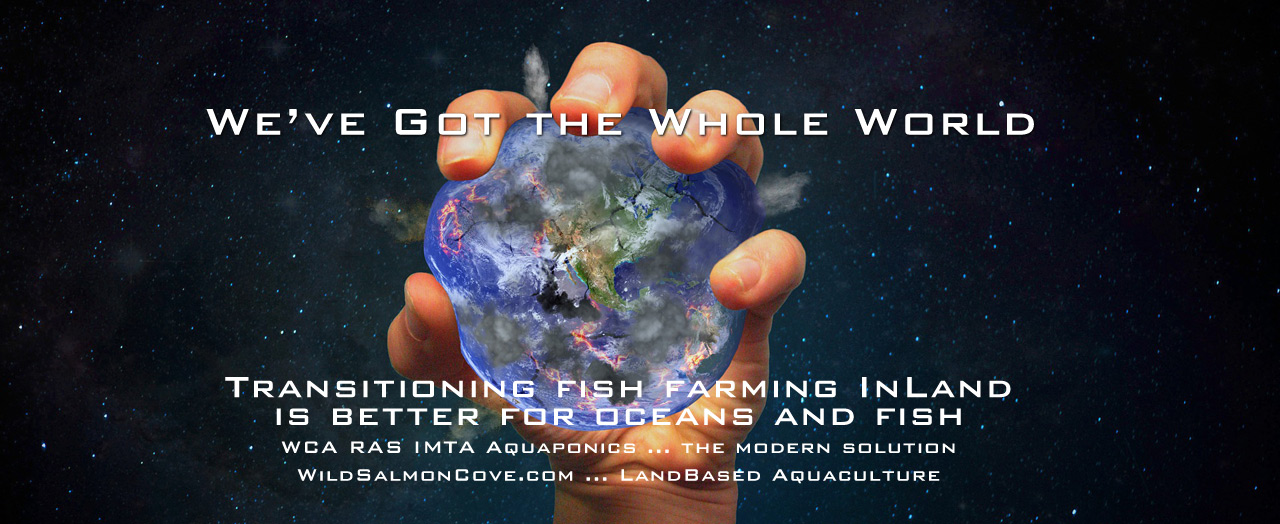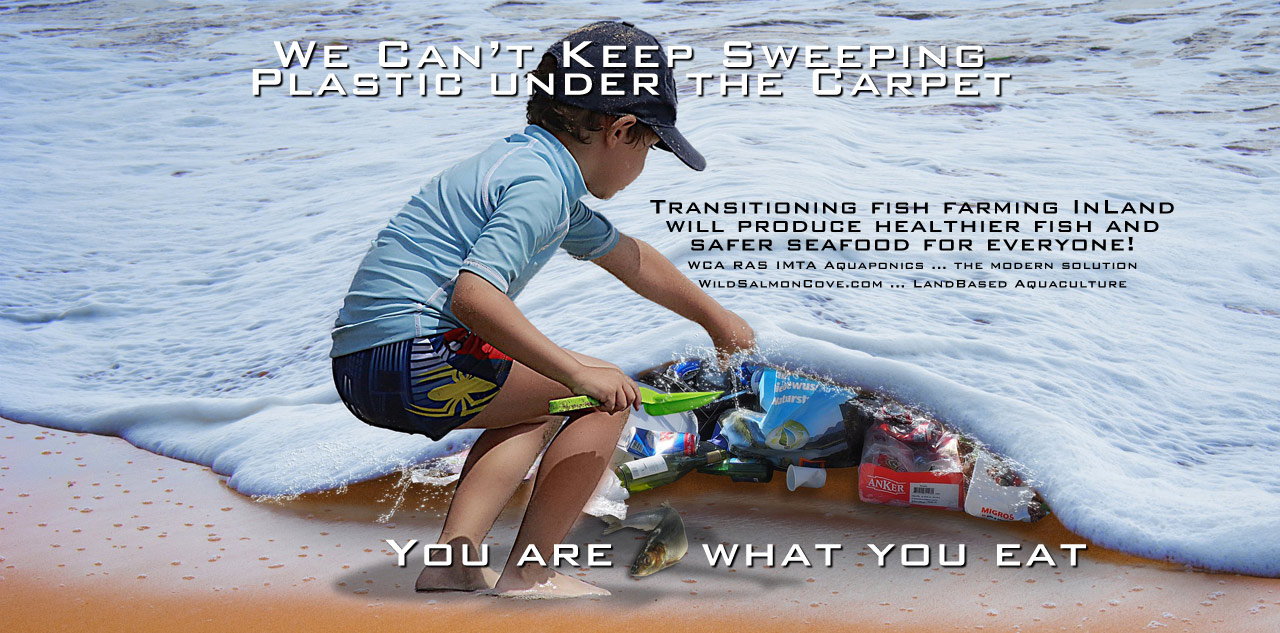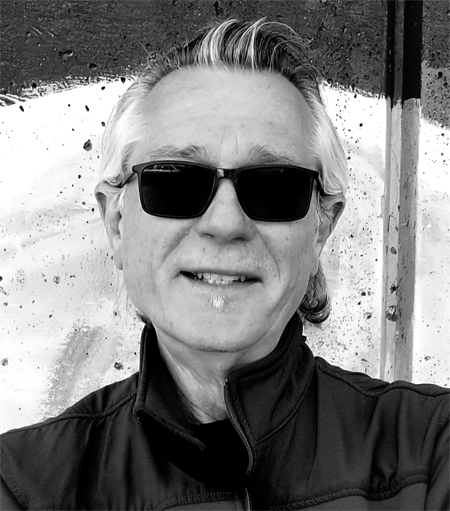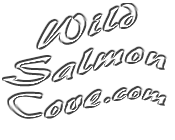
Underestimating progress and today’s importance of protecting our ocean environment would be a grave mistake.
Most experts in the fisheries and seafood industry still don’t realize the Canadian federal government made a preemptive decision thirty years ago when they first started developing salmon fish farming in open-net pens. In the early 80’s when the DFO first began exploring salmon fish farming, wild salmon stocks on the west coast in Canada were still strong and had not shown any signs of weakening until about 1991. Canadian fishers harvested the highest rates in history between 1970 and 1990, in part because boats and gear had improved considerably, plus, quotas were introduced. Harvest limits were being consistently exceeded for all salmon species and no one at any level including fishers, processors, or distributors were raising alarms. It was reflective of egregious over-fishing, but no one cared. What had become a serious challenge however was the escalating cost to monitor fishers to ensure they followed regulations. Day to day fisheries management was, and still is an overwhelming challenge for the DFO.
The easily solution at the time seemed to be Atlantic salmon fish-farming in the ocean–it would considerably reduce the cost of managing fisheries. No one at the time in Canada envisioned challenges like the pollution that collects below open-net pens, or viruses, or sea lice. All we saw was a seemingly cheap way to farm fish and feed nations. Looks can be deceiving.
About five years after modern commercial salmon fish farming was launched (1985), wild BC salmon harvest limits “started” to decline in lockstep with fish farming growth. On a graph, a perfectly symmetrical “X”, occurred at a five year juncture where the two paths crossed. The pattern indicated that fish farming was introduced well-before wild salmon landed weights showed any reduction. Wild salmon harvest limits declined at the exact same ratio that fish farming grew, and that type of coincidental symmetry isn’t reflective of what normally occurs in nature. The precision was uncanny, but at the time fishers didn’t feel threatened by fish farming because wild fisheries were still “seemingly” healthy.
Nothing in fisheries is cut and dry however, and sometimes decisions are made for reasons no one but a select few understand. At the end of the day the feds made the right choice, but it wasn’t entirely for the reasons most people think. Biologists could not predict with any accuracy what would happen in the early 90s regarding the rapid decline of wild salmon stocks, but it was possible to manage the transition to fish farming in open-net pens.
Old school fish farming held great potential to be more cost-effective than live capture and the monitoring of wild fisheries. Unfortunately, it suffered through serious bio-tech and marketing challenges. Many of the environmental issues weren’t managed effectively.
Today however, fish farming, specifically LAND-BASED salmon fish farming is a realistic solution that will help heal species and our oceans. In the 90s it was heavily promoted that salmon farming would make seafood cheaper, which as we all know never happened because of ancillary costs no one predicted – like antibiotics and huge fish-farm kill-offs. Technology improved operations considerably, but the argument that open-net fish farming will deliver cheaper seafood is still a long shot, especially due to high start-up capital and operations costs.
Uninformed critics simply say, “Stop Fishing! …and let species recover”

Unfortunately, it will take as long or longer for oceans to heal as it did to create the harm. The reality is that over half of the world relies on fish as their staple source protein, which means we can’t stop and wait for fifty years or more for the oceans and species to heal. We need a solution today.
WCA-Wild Caught Aquaculture
Wild caught land-based fish farming using RAS IMTA is viable, and although it hasn’t been proven for high volume, in 2020, companies like Atlantic Sapphire using BASIC RAS IMTA are on the cusp of producing half of the farmed salmon currently consumed in the USA.
When you also incorporate AQUAPONICS with WCA, it makes even greater ecological and economic sense.
One of BC’s longest and strongest proponents of land-based salmon farming has been Tony Allard, and the organization, “Wild Salmon Forever” – he’s the current chairman. Groups like his have propelled the argument to move salmon farming out of the ocean and to land-based for several years. Other visionaries like Eric Peterson and Christina Munck of the Tula Foundation have contributed significantly to the health of our oceans using education and scientific technology as a base for development.
The secret to environmental and ecological growth is in being able to see meta patterns and manage information in a way that will allow us to make good decision. Big Data can provide an overview of meta patterns, which means land-based fisheries will need to quickly adopt highly advanced technology through tools like IPFS blockchain on the distributed web. High volume land-based WCA RAS IMTA will not work without using sophisticated technology.
New technologies like AI and machine learning make it possible for small enterprises to operate with the same authority as large enterprise networks. It’s the identical principle that over the last few years allowed niche banks to disrupt big banking and investment networks around the world.
In response to people who outright oppose farming of any wild animals, it’s important to understand that society does now have the expertise and technology to do it properly and humanely. The challenging question however is more about who we approve, through licensing, to be wild farmers. Fish farming is markedly harder than raising cattle or chickens. With a little smarts and enough money almost anyone can be a traditional land farmer with very moderate training.
Farming wild animals however, fish especially, is a completely different enterprise.
If you want to take on the WCA salmon challenge, you also need to be well educated and business smart. The technology required is much more sophisticated than tossing a long line in the water and hooking a fish, or dragging a net through the ocean. We all saw where that got us, and know we can’t trust the honour system for such sensitive decisions. It only takes a small handful of pirates and bad actors to ruin it for everyone.
Licensing of fish farms needs to be well planned and comprehensive, and not awarded to just anyone because they have misplaced ecological-will, or deep pockets – a lot is at stake beyond just profit.
A child can fish. Land-based WCA RAS IMTA is a lot more difficult, which means we need professionals who understand it at a systemic level, and who can deliver a responsible ecological and profitable solution.

Maurice Cardinal has been a fisheries marketing and communications advisor and writer in British Columbia for almost a decade and has worked with leading organisations, NGOs, and governments in Canada and abroad.
